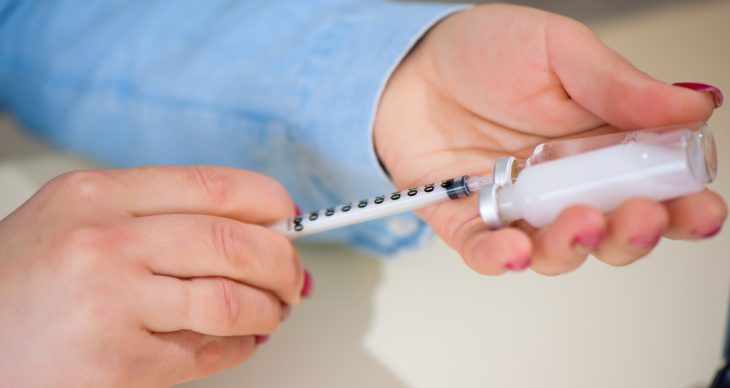Living with diabetes isn’t easy. From learning how to check blood sugar levels to how to use glucometer devices to understanding how food affects your blood sugar – it’s all a learning curve. With that being said, it’s okay to make mistakes when it comes to your diabetes care. Everyone makes a mistake every now and again.
The important thing is to learn from your mistakes to avoid more complications. For instance, not knowing how to store insulin could cause some vials to spoil, a costly mistake that you do not want to make again. Learning from others’ mistakes is helpful, too. Read on to learn about the most common mistakes people make with their diabetes management.
Insulin should be kept cold, but not frozen. Most insulin manufacturers recommend storing it in the refrigerator at a temperature between 36 – 46 degrees Fahrenheit (2 – 8 degrees Celsius).
However, even those who know how to store insulin in the fridge could run into problems if they do not place it in the right areas. It should be kept in an area of the fridge that does not get too cold. For example, placing it toward the back of the fridge risks freezing the insulin, since the cold air usually blows from the back.
Instead, store your insulin in the fridge door in a compartment where you would normally store butter or cheese. This is the most regulated part of most refrigerators.
Most insulin manufacturers claim that it can be kept at room temperature, if necessary, but not for very long. Room temperature is defined as up to 86 degrees Fahrenheit. However, the longer the insulin stays warm, the faster it will spoil.
Understanding how to store insulin while traveling is another important task for keeping your insulin protected. To keep it cool, store it in a cooler or insulated lunchbox. But do not allow it to freeze!
Aside from storing it properly, it’s important to know when to discard and change your insulin. Most manufacturers suggest discarding all in-use insulin after 28 days. In-use insulin is described as insulin you currently use from vials or cartridges.
Just as important as storing insulin properly is knowing how to check blood sugar levels, so you can administer medication as needed. Find out how to check blood glucose levels.
By Admin –
